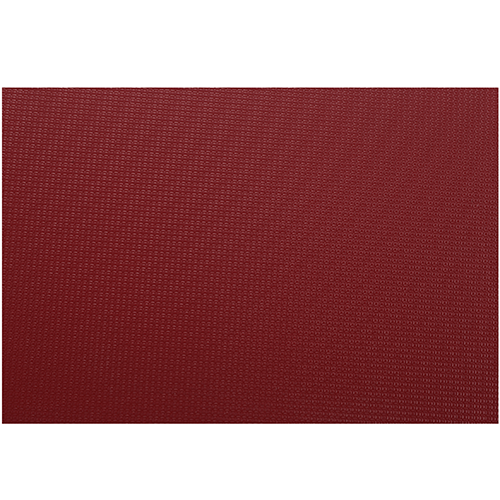Aug . 14, 2024 20:11 Back to list
Durable Outdoor Rubber Tiles for Safe and Fun Playground Surfacing Solutions for Children
The Advantages of Outdoor Rubber Tiles for Playgrounds
In the pursuit of creating safe and engaging play environments for children, outdoor rubber tiles have emerged as one of the most effective flooring solutions. These tiles, often made from recycled rubber materials, offer a host of benefits that contribute to both safety and playfulness in playgrounds. Let's explore the various advantages of using outdoor rubber tiles in playground settings.
Safety First Impact Absorption and Cushioning
One of the primary reasons rubber tiles are favored for playgrounds is their excellent impact absorption capabilities. When children play, falls are inevitable, and rubber tiles can significantly reduce the risk of injury. Unlike traditional playground surfaces such as concrete or asphalt, rubber tiles provide a soft landing that cushions falls. The tiles are designed to absorb shock, thus minimizing the impact on a child's body. Most rubber tiles meet the safety standards set by organizations such as the American Society for Testing and Materials (ASTM), ensuring that they can effectively protect children during their playtime.
Durability and Longevity
Outdoor spaces are subject to various weather conditions, from scorching sun to heavy rain and snow. Rubber tiles are engineered to withstand these elements, making them an incredibly durable option for playgrounds. Unlike wood chips or mulch, which require regular replenishment, or grass, which can wear down quickly, rubber tiles maintain their integrity over time. When installed correctly, they can last for many years, providing a reliable and consistent play surface that doesn’t compromise on safety.
Ease of Maintenance
outdoor rubber tiles playground

Maintaining playground surfaces can be a daunting task, especially for schools and community parks. Rubber tiles offer a low-maintenance solution to this challenge. They are resistant to mold, mildew, and pests, meaning that they do not require the same level of upkeep as organic materials. A simple sweep or hose-down is typically enough to keep the tiles clean. This not only saves time and labor costs but also ensures that children have a clean and hygienic place to play.
Versatility in Design
Rubber tiles come in various colors, sizes, and designs, allowing for creative expression in playground designs. They can be arranged in patterns or to create vibrant, interactive areas that stimulate children's imaginations. From bright primary colors to earthy tones, the versatility of rubber tiles makes it easy to integrate them into any environment, whether it’s a school, park, or daycare facility. Customization options also enable designers to create themed playgrounds that align with educational or recreational objectives.
Environmental Considerations
The environmental benefits of rubber tiles cannot be overlooked. Many of these tiles are made from recycled rubber, which means that using them helps divert waste from landfills. Opting for eco-friendly materials not only demonstrates a commitment to sustainability but also promotes environmental awareness among children. By installing rubber tiles, playgrounds can offer a great example of how to repurpose materials for a practical and beneficial use.
Conclusion
In summary, outdoor rubber tiles are an exceptional choice for playground surfacing. They provide a safe, durable, and low-maintenance option that meets the demands of children's play while ensuring their safety. With their versatility in design and environmental benefits, rubber tiles offer a modern and innovative solution that can transform playgrounds into vibrant, engaging play spaces. As communities continue to prioritize safe and sustainable play areas for their children, the popularity of outdoor rubber tiles is likely to grow, paving the way for a new standard in playground safety and design.
-
Premium Volleyball Court Mat: Safety, Durability & Performance for Global Play
NewsNov.23,2025
-
Durable and Eco-Friendly Rubber Play Mats Outdoor for Safer Playgrounds
NewsNov.22,2025
-
Comprehensive Guide to Types of Interlock Tiles: Materials, Uses & Trends
NewsNov.22,2025
-
Exploring Different Types of Interlocking Tiles: Global Uses and Benefits
NewsNov.21,2025
-
PVC Interlocking Floor Tiles Price – Comprehensive Guide for Smart Flooring Choices
NewsNov.20,2025
-
Comprehensive Guide on Interlock Tiles Cost – Understanding Value and Applications
NewsNov.19,2025

